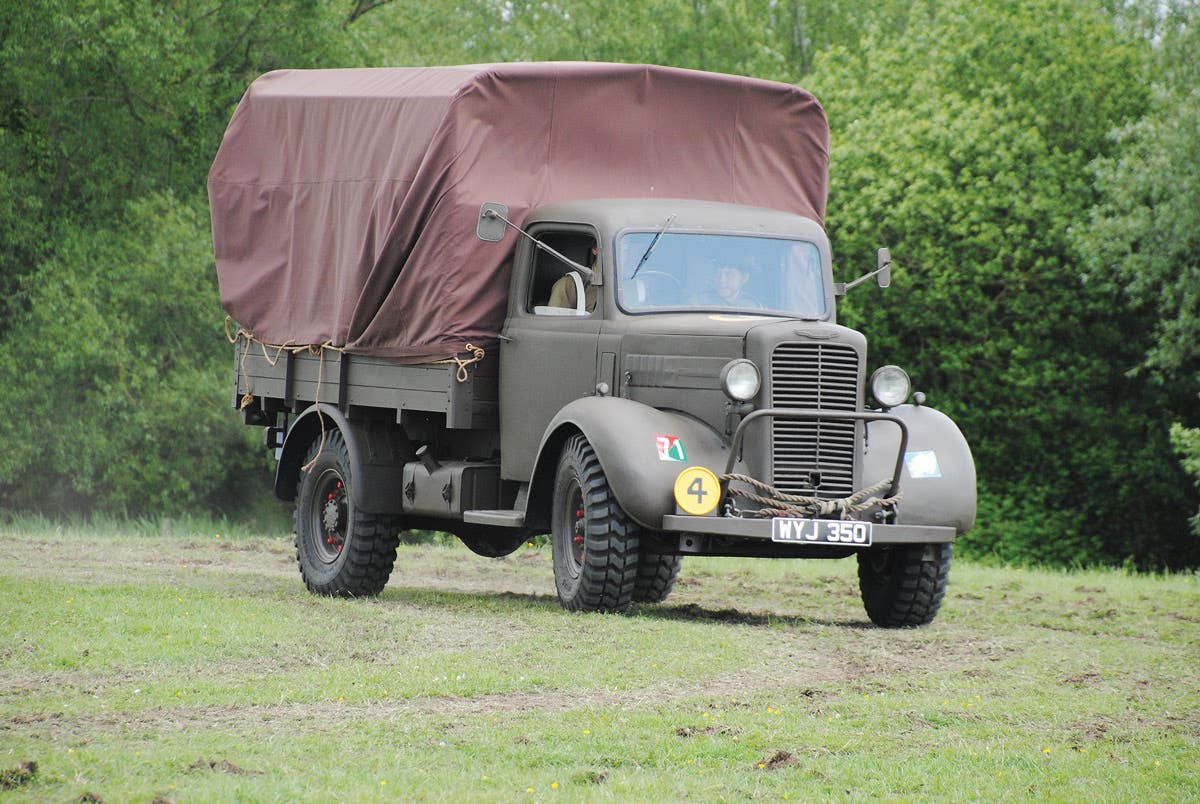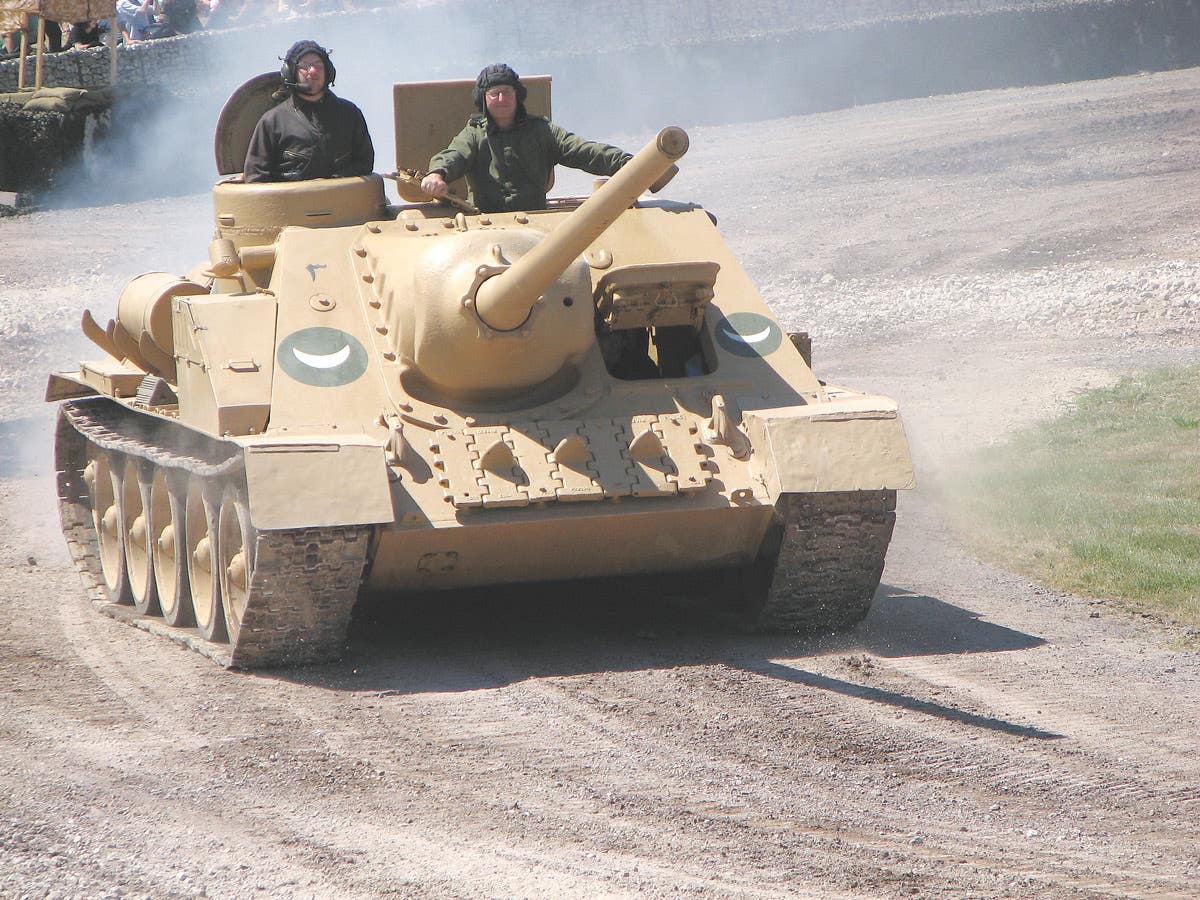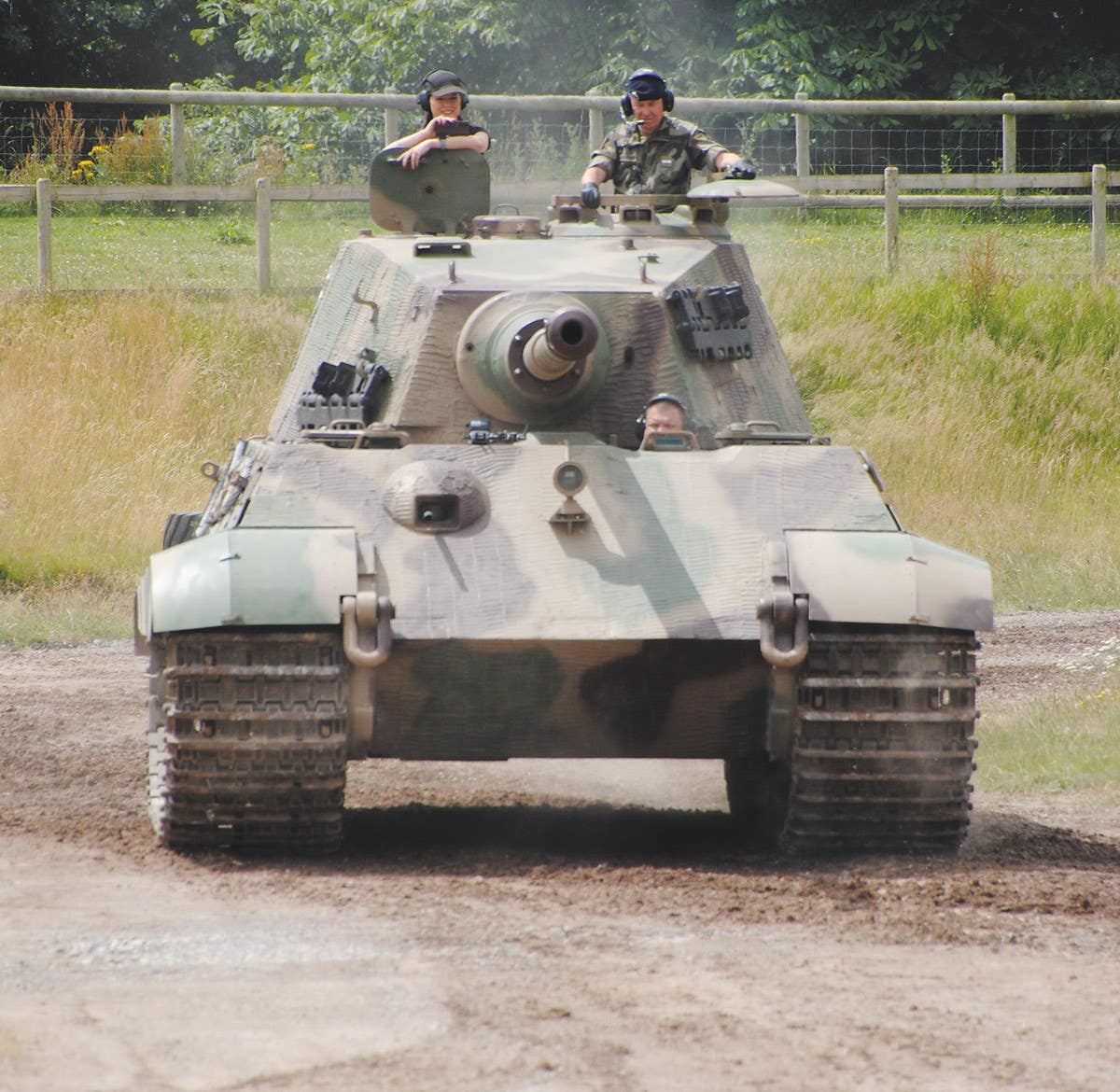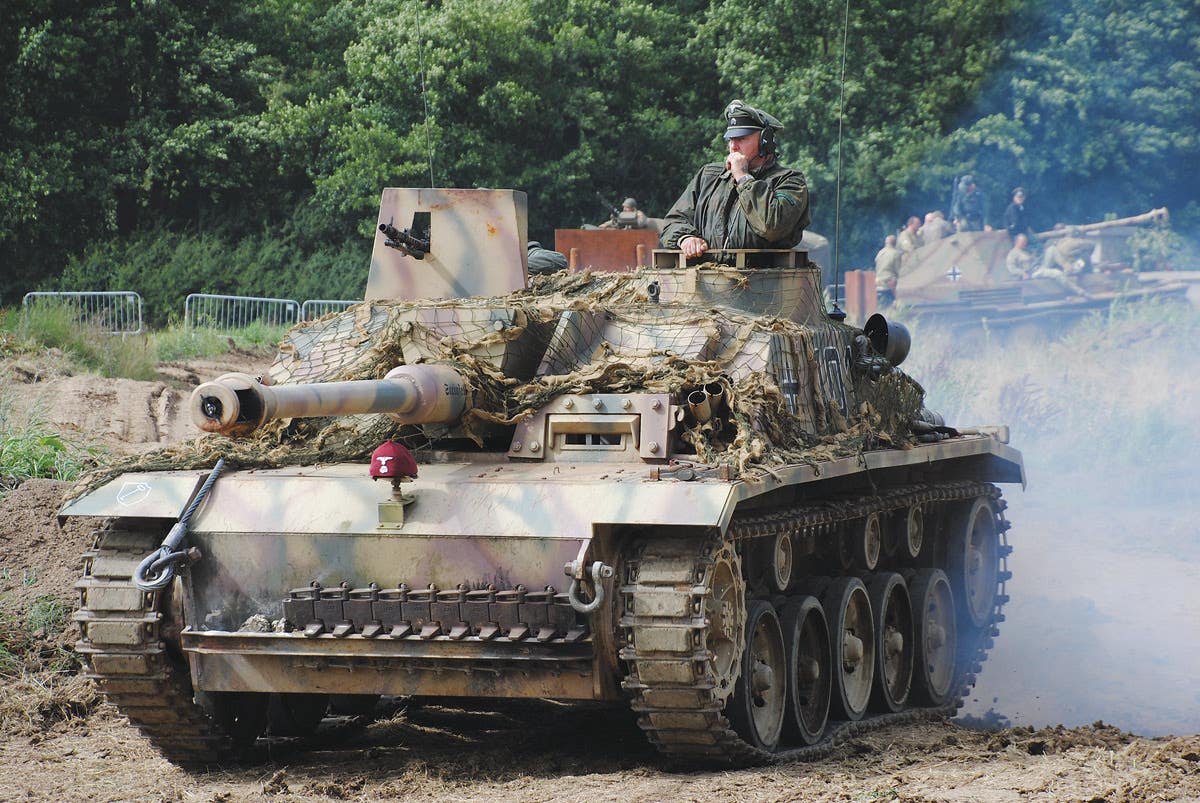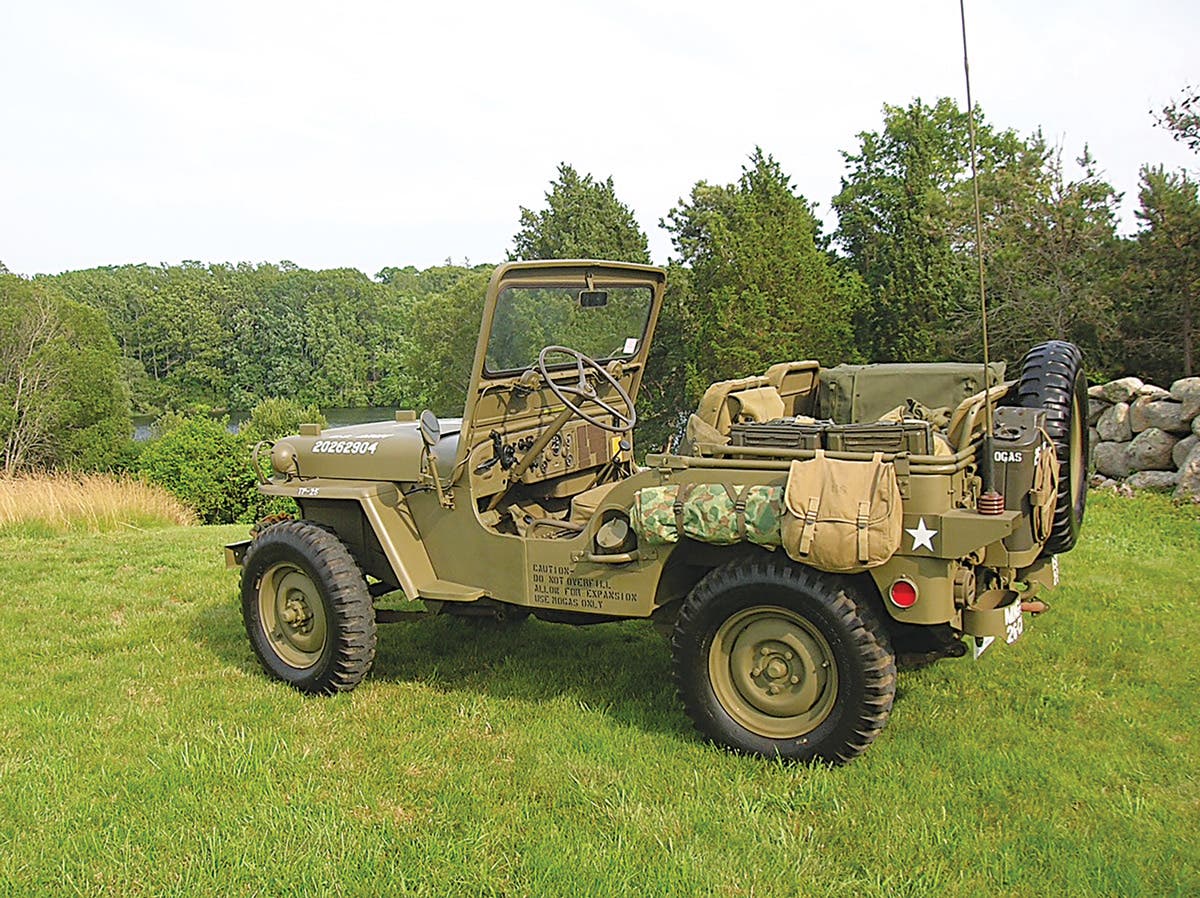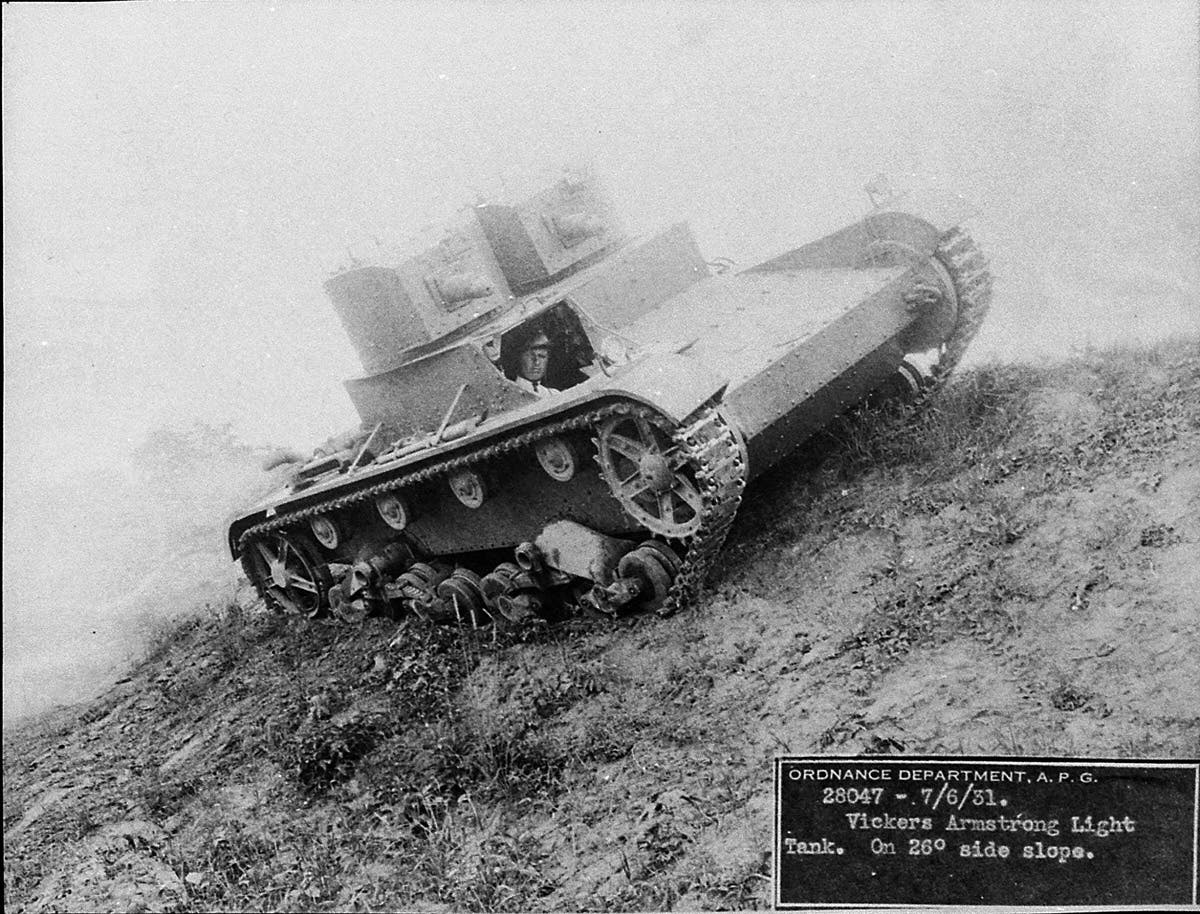Vive ‘La Jeep’
When the Willys Jeep was introduced into service it broke new ground in military transportation. Overseas companies, including Viasa in Spain, were granted licenses to produce their own version of the Jeep. One overseas company to be granted license was the French company of Hotchkiss.
When the Willys Jeep was introduced into service it broke new ground in military transportation. Sturdy, reliable and rugged, it impressed everyone, from privates to generals. It became a wartime icon and all Allied commanders were seen riding in this vehicle, including Patton, Montgomery, Churchill and Eisenhower. Such was its reputation that after the war, overseas companies, including Viasa in Spain, were granted licenses to produce their own version of the Jeep.
One overseas company to be granted license was the French company of Hotchkiss, which developed a version known as the M-201 and designated as the “Véhicule Léger Tout Terraine’” (VLTT to mean Light All-Terrain Vehicle). However, old habits remained and the French army would call it “La Jeep”.
The story begins in the immediate aftermath of the war when the U.S. Army presented some 22,000 Jeeps to the French military. The “gift” included both the Willys and Ford GPW versions and together were seen as much-needed additions as France prepared to re-equip in readiness for post-war overseas deployments to French Indo-China, Algeria and Korea.
However, it turned out that many of the vehicles were not in very good condition, and the whole fleet had to be overhauled. The engineers and mechanics of from the company Etablissement de Réserve Génerale du Matériel Automobile (ERGM), in the Maltournée area of Paris, saved as many as possible for the army, and those not considered worth saving were dismantled to create a stockpile of spare parts. It has been estimated that perhaps the same number of Jeeps were abandoned across France, left over from the war. Any abandoned Jeeps would have likely been in varying conditions of disrepair — from battle damage to some degree of mechanical failure.
In 1950, manufacturer Delahaye unveiled a new design called the Véhicule Léger de Reconnaissance (VLR), which it intended to replace the Jeep. Although the vehicle was a success, with the French army acquiring over 9,600 examples, the company went out of business in 1955. This is where Hotchkiss, another manufacturer also based in Paris, moved in and offered to continue to supply the French army with the version of the Jeep it was producing under license.
In the absence of Delahaye’s VLR, the French army had no option but to take the Jeep. By then, Hotchkiss had taken advantage of the huge stockpile of Jeep spare parts held by ERGM to help with its production. This allowed the two companies to quickly produce 465 Jeeps, known as Hotchkiss License MBs, in 1955. Throughout the remaining years of the 1950s, production numbers continued to increase. In 1959, the French army took delivery of almost 2,700 Jeeps that had been designated as the M201 1956. The M201 proved to be a great success and by 1966 more than 27,600 Jeeps had been produced. The stockpile of spare parts salvaged by ERGM lasted until 1978.
The basic design of the M201 took the form of the chassis supporting the upper body mounted on rigid axles and fitted with leaf spring suspension. The front-mounted engine, nicknamed the “Go Devil”, was the type used on most versions of the American-produced Jeep. The vehicle had no doors, as was the case with other versions of the Jeep, and a selector allowed power to be transferred to the front axle for cross-country operations.
Hotchkiss developed a special militarized version called the “Sahara” for use by the French army in the country’s North African colony of Algeria. For this role the chassis was reinforced and a secondary fuel tank fitted to allow extended patrols to be conducted in the harsh terrain and under extreme climate conditions. The standard M201 was also capable of being adapted as a weapons platform on which to mount machine guns and anti-tank missiles such as the SS-11 or Milan. Another version allowed “ENTAC” missiles to be mounted on each side of the vehicle and fitted to fire forward with the fire controller seated in the passenger seat.
Capable of carrying 106mm RCLs, the M201 could also take machine guns up to 20mm mounted in the rear and lighter weapons, such as the magazine-fed 7.5mm calibre Fusile Mitrailleur Modèle 24/29, fitted to a pintle mounting on the passenger side. In the reconnaissance role it carried a full radio communications set, such as RITA, or battlefield radar systems, such as the RASURA. Hotchkiss also developed a hard-top version, which was used by the French Air Force and the Gendamerie. In 1981, there were still some 8,000 M201 Jeeps in service with the French army. The vehicle was finally ‘retired’ from service in 2000, having been used by the French army and the Foreign Legion on operational deployments and United Nations missions around the world.
Hotchkiss tried unsuccessfully to capitalize on the civilian market and launched a version known as the JH-101, which differed from the military version in several ways, but sales were slow. In 1961, the French government granted approval for a second civilian version to be marketed. Known as the JH-102 it replaced the earlier JH-101, but neither version proved widely popular.
Today the vehicle is popular with private owners and even historical re-enactment groups use them in displays. One such group is the UK-based French Army re-enactment Group, FARG, which depicts the post-war French army complete with weapons, uniform and a range of vehicles which includes the M201 and Panhard armoured cars.
*As an Amazon Associate, Military Trader / Military Vehicles earns from qualifying purchases.



